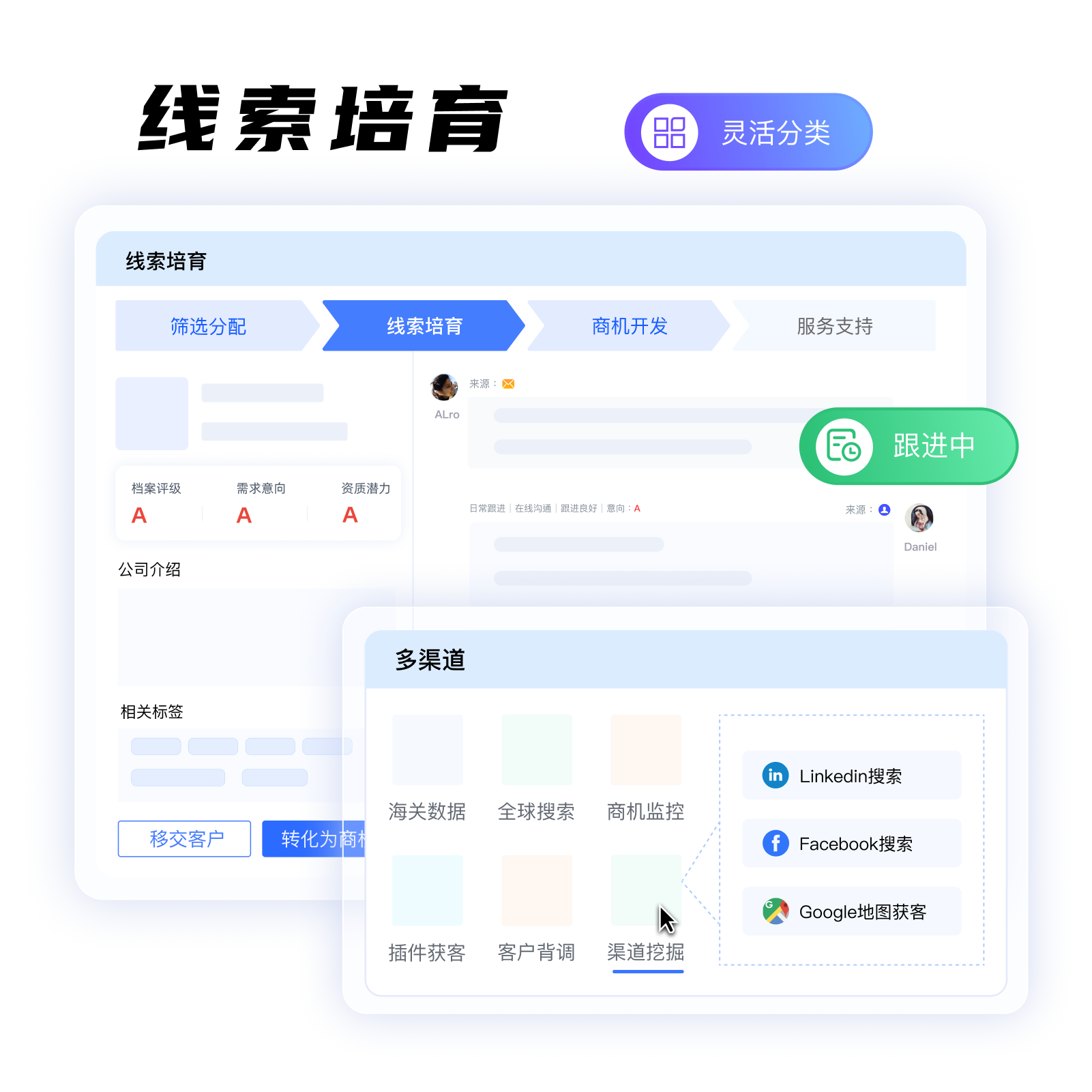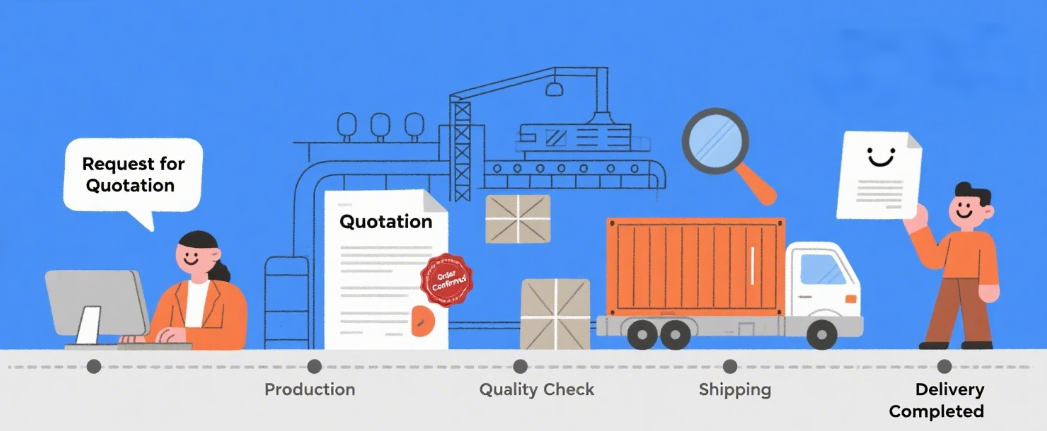
As an exporter involved in international trade, navigating the complexities of the Letter of Credit (LC) process is crucial for successful transactions. One of the most critical aspects of this process is controlling the presentation time and place of documents. In this article, we will delve deep into the key points of controlling the presentation time and place of documents in the LC process, providing you with a comprehensive guide to help you optimize your LC management and ensure smooth trade operations.
The presentation time and place of documents in an LC transaction are not just administrative details; they are fundamental to the success of the entire trade process. According to industry statistics, approximately 70% of LC transactions encounter discrepancies, and a significant portion of these discrepancies are related to issues with document presentation time and place. A failure to meet the specified time and place requirements can lead to delays in payment, rejection of documents by the bank, and even the cancellation of the entire transaction.
The LC process involves several key time nodes that exporters need to be aware of. These nodes are defined by international trade practices, bank regulations, and the specific terms of the LC itself.
The latest presentation date is the deadline by which you must present all required documents to the bank. This date is usually specified in the LC and is calculated from the date of shipment. It is essential to ensure that all documents are prepared and presented before this date to avoid non - compliance.
In addition to the latest presentation date, there is also a period for presentation after shipment. According to the Uniform Customs and Practice for Documentary Credits (UCP 600), the maximum period for presentation after the date of shipment should not exceed 21 calendar days, unless otherwise stipulated in the LC. For example, if your goods are shipped on January 1st, and the LC does not specify a different period, you should present your documents to the bank no later than January 22nd.
The expiry date of the LC is the ultimate deadline for all transactions under the LC. It represents the date after which the issuing bank will no longer be obligated to honor the LC. You must ensure that your documents are presented and the negotiation process is completed before this date.

The presentation place of documents is also a critical factor in LC transactions. The LC will specify the place where the documents should be presented, which is usually the location of the nominated bank, the issuing bank, or a confirming bank.
One common mistake is presenting the documents to the wrong bank or at the wrong location. For instance, if the LC specifies that the documents should be presented to the nominated bank in New York, but you present them to the issuing bank in London, it may lead to non - acceptance of the documents. Another mistake is not considering the time zone differences when presenting documents, which can result in late presentation.
To ensure compliance with the presentation place requirements, you should carefully review the LC terms and make sure you understand the exact location where the documents need to be presented. If necessary, you can contact the relevant bank in advance to confirm the details. Additionally, you should factor in the time required for document transportation, especially when dealing with international shipments.
There are various risks associated with the presentation time and place of documents in LC transactions. By understanding these risks and implementing appropriate countermeasures, you can effectively safeguard your interests.
One of the main risks related to time is late presentation. Late presentation can occur due to various reasons, such as production delays, transportation issues, or administrative inefficiencies. To mitigate this risk, you should establish a detailed timeline for each stage of the trade process, from production to document preparation and presentation. You can also set up contingency plans to deal with unexpected delays.
The risk of presenting documents at the wrong place can lead to significant delays and potential loss of payment. To address this risk, you should maintain clear communication with all parties involved in the transaction, including the buyer, the freight forwarder, and the bank. You can also use tracking systems to monitor the movement of your documents and ensure they reach the correct destination on time.

Let's look at some real - world case studies to illustrate the importance of controlling the presentation time and place of documents in LC transactions.
A Chinese exporter had an LC transaction with a European buyer. Due to a delay in production caused by a raw material shortage, the exporter was unable to present the documents to the bank within the specified period. As a result, the bank rejected the documents, and the exporter had to negotiate with the buyer for an extension of the presentation time. This process not only caused delays in payment but also damaged the exporter's relationship with the buyer.
An Indian exporter presented the documents to the wrong branch of the nominated bank. The LC specified that the documents should be presented to the main branch in Singapore, but the exporter sent them to a regional branch. This led to a delay in document processing, and the exporter had to resend the documents to the correct location. The delay in payment affected the exporter's cash flow and business operations.
| Task | Responsibility | Deadline |
|---|---|---|
| Review the LC terms for presentation time and place | Exporter | Upon receipt of the LC |
| Establish a production and document preparation timeline | Exporter | Within 3 days of LC review |
| Confirm the presentation place with the bank | Exporter | 1 week before expected presentation |
| Prepare and review all required documents | Exporter | 5 days before the latest presentation date |
| Arrange for document transportation | Exporter or freight forwarder | 3 days before the latest presentation date |
| Track the movement of documents | Exporter or freight forwarder | Until documents are presented |
Controlling the presentation time and place of documents in LC transactions is a complex but essential task for exporters. By understanding the key nodes, complying with requirements, analyzing risks, and implementing appropriate countermeasures, you can optimize your LC management and ensure the smooth progress of your trade operations. Don't let the complexities of LC transactions hold you back. Our "Foreign Trade AI Super Marketer" solution is designed to help you streamline your LC management process, reduce risks, and improve efficiency. Click here to learn more about how our solution can transform your international trade business.
.png?x-oss-process=image/resize,h_100,m_lfit/format,webp)
.png?x-oss-process=image/resize,h_100,m_lfit/format,webp)

.png?x-oss-process=image/resize,h_100,m_lfit/format,webp)
.png?x-oss-process=image/resize,h_100,m_lfit/format,webp)
.png?x-oss-process=image/resize,h_100,m_lfit/format,webp)
.png?x-oss-process=image/resize,h_100,m_lfit/format,webp)
